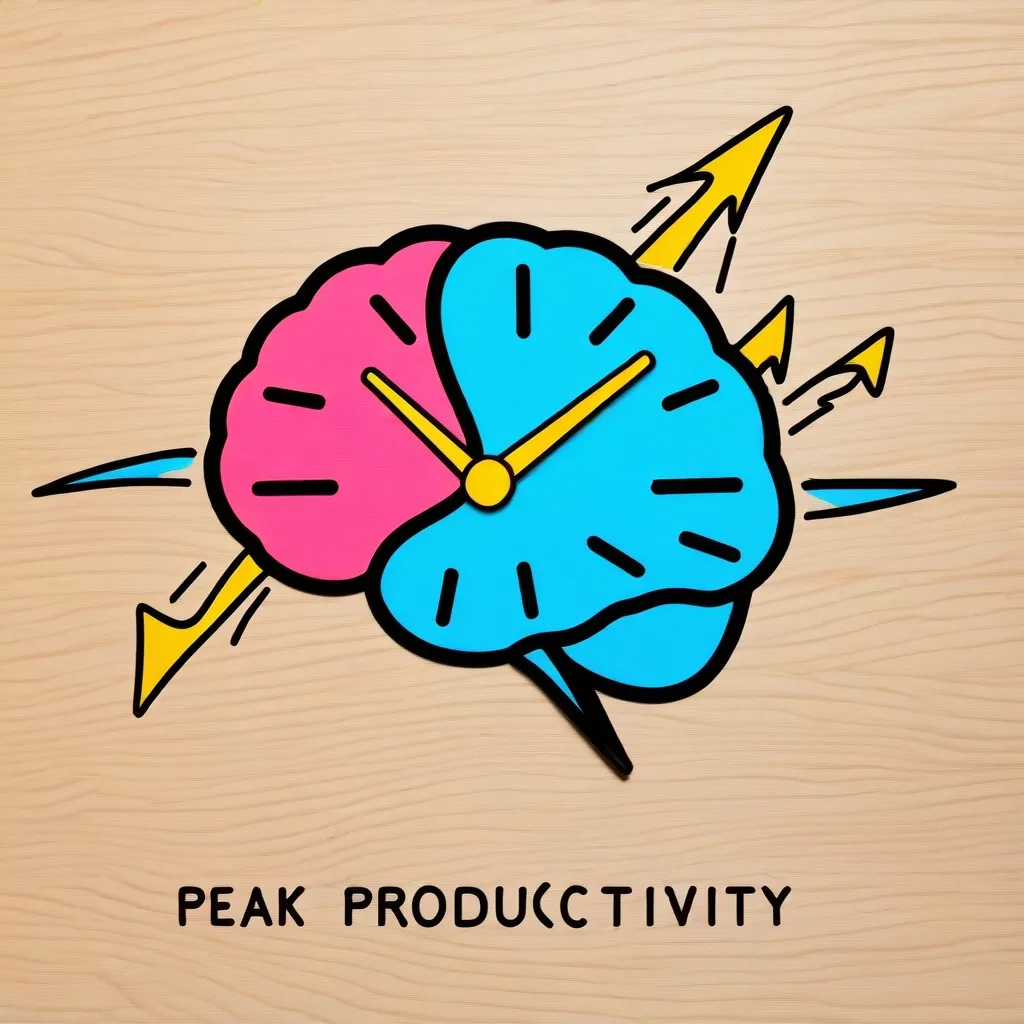Procrastination: The Silent Productivity Killer
We’ve all been there. That nagging task sitting on our to-do list, staring us down like a disappointed parent. We know we should tackle it, but somehow we always find a reason to put it off. Welcome to the world of procrastination, folks. It’s a universal struggle that can really mess with our productivity, well-being, and even our wallets.
But fear not! There’s a secret weapon in the battle against procrastination: the Deadline Proximity method. It’s like a productivity hack on steroids, using the power of deadlines to light a fire under our butts and get things done.
So, what’s the deal with deadlines anyway? Well, they’re pretty magical when it comes to our brains. When we slap a deadline on something, it’s like we’re giving our brain a clear target to aim for. It’s no longer just a vague idea floating around in our heads - it becomes a real, tangible goal.
Think about it this way: if you’re planning a wedding (congrats, by the way!), looking at the whole shebang can be overwhelming. But break it down into smaller tasks with their own deadlines - booking the venue by next month, choosing the menu by the following month - and suddenly it doesn’t seem so scary.
Now, here’s where things get interesting. When you’re setting deadlines, you want to be as specific as possible. None of this “I’ll do it sometime next week” nonsense. Give yourself a clear timeframe. For example, if you’ve got a report to write, you might decide to spend two hours each day for the next week working on it. Boom! Instant progress.
And hey, why stop at one type of deadline? Mix it up with both internal deadlines (the ones you set for yourself) and external deadlines (the ones your boss or clients set). It’s like having a personal cheerleader and a drill sergeant rolled into one.
Ever heard of the Zeigarnik Effect? No, it’s not a new dance craze. It’s this cool psychological thing where our brains remember unfinished tasks better than completed ones. So, when you write down your tasks and deadlines, you’re basically giving your brain a to-do list it can’t ignore. It’s like leaving sticky notes all over your mind.
Now, let’s talk about breaking down tasks. Big tasks are scary. They’re like the monsters under our productivity beds. But here’s the trick: break them down into smaller, less terrifying tasks. Writing a research paper? Don’t look at it as one huge project. Break it down into researching, outlining, drafting, and editing. Each with its own deadline. Suddenly, that monster doesn’t seem so scary anymore.
And who doesn’t love a good reward? Setting up little treats for yourself after completing tasks or reaching milestones can be a game-changer. Finished that study session? Treat yourself to your favorite meal or an extra episode of that show you’re binging. Just make sure the rewards are meaningful to you. A sticker chart might work for kids, but adults need something a bit more enticing.
Here’s another pro tip: tell someone about your goals and deadlines. It’s like creating your own personal accountability police force. When you know someone’s checking in on your progress, you’re more likely to follow through. It’s the same reason why people post their gym selfies on social media - public commitment is a powerful motivator.
Now, let’s talk about tackling the tough stuff. You know that one task you’ve been avoiding like the plague? Yeah, that one. Try doing it first thing in the morning. It’s like ripping off a Band-Aid - it might sting a bit, but once it’s done, the rest of your day feels like a breeze.
Meeting deadlines isn’t just about getting things done - it’s also about building your confidence. Every time you hit a deadline, you’re telling yourself, “Hey, I can do this!” It’s like giving your self-esteem a little high five. And that confidence can spill over into other areas of your life, making it easier to tackle new challenges.
Time management is key when you’re working with deadlines. Try grouping similar tasks together. Got a bunch of errands to run? Knock them all out in one go. It’s like being a productivity ninja, striking swiftly and efficiently.
Of course, we can’t talk about productivity without mentioning the elephant in the room - distractions. In today’s world, they’re everywhere. Your phone is basically a pocket-sized distraction machine. So, don’t be afraid to turn it off or use an app that blocks social media during work hours. Your future self will thank you.
Finally, remember to be kind to yourself. We all procrastinate sometimes. Beating yourself up about it is like trying to put out a fire with gasoline - it just makes things worse. Instead, practice a little self-compassion. Acknowledge that you’re human, forgive yourself, and move forward.
In the end, the Deadline Proximity method is all about making procrastination less appealing than actually doing the work. It’s about tricking your brain into action, rewarding yourself for progress, and building the confidence to tackle bigger and better things.
So, the next time you find yourself staring at that to-do list, feeling overwhelmed, remember: set clear deadlines, break tasks down, reward yourself, and most importantly, be kind to yourself. You’ve got this!
Now, if you’ll excuse me, I’ve got a deadline to meet. Time to stop writing and start doing!






